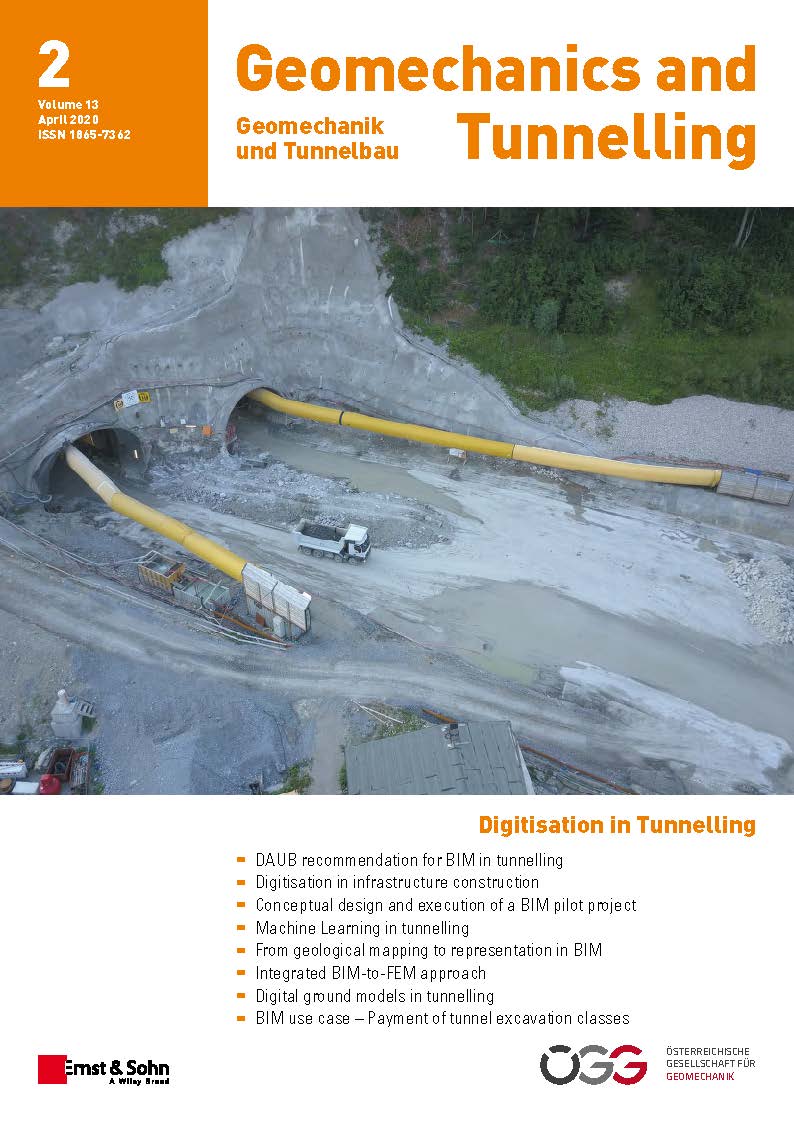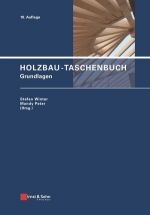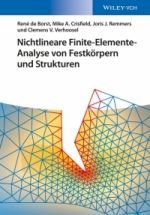01. April 2020
Journal Geomechanics and Tunnelling 2/2020 published
Cover picture:
 The 2.9 Tm long twin-tube Oberau Tunnel is the central element of the 4.2 km long Oberau bypass. 80 % of the tunnel was excavated by drill and blast in hard rock and 20 % by hydraulic excavator in the soil crossing the Gießenbach valley. In the soft ground section, which is susceptible to settlement, the works were carried out under the protection of pre-support in the form of an umbrella of AT-Tubespiles with lengths of 6 m.
The 2.9 Tm long twin-tube Oberau Tunnel is the central element of the 4.2 km long Oberau bypass. 80 % of the tunnel was excavated by drill and blast in hard rock and 20 % by hydraulic excavator in the soil crossing the Gießenbach valley. In the soft ground section, which is susceptible to settlement, the works were carried out under the protection of pre-support in the form of an umbrella of AT-Tubespiles with lengths of 6 m.
Table of Contents Journal Geomechanics and Tunnelling 2/2020
- DAUB recommendation for BIM in tunnelling
- Digitisation in infrastructure construction
- Conceptual design and execution of a BIM pilot project
- Machine Learning in tunnelling
- From geological mapping to representation in BIM
- Integrated BIM-to-FEM approach
- Digital ground models in tunnelling
- BIM use case – Payment of tunnel excavation classes
Recommendations
- Winter, Stefan / Peter, Mandy (eds.)
Holzbau-TaschenbuchGrundlagen
10. Edition – August 2021- XIV, 546 pages
- Hardcover
- German
ISBN: 978-3-433-01805-7available- €99,00
- de Borst, René / Crisfield, Mike A. / Remmers, Joris J. C. / Verhoosel, Clemens V.
Nichtlineare Finite-Elemente-Analyse von Festkörpern und Strukturen
October 2014- 587 pages
- Softcover
- German
ISBN: 978-3-527-33660-9out of print - more


